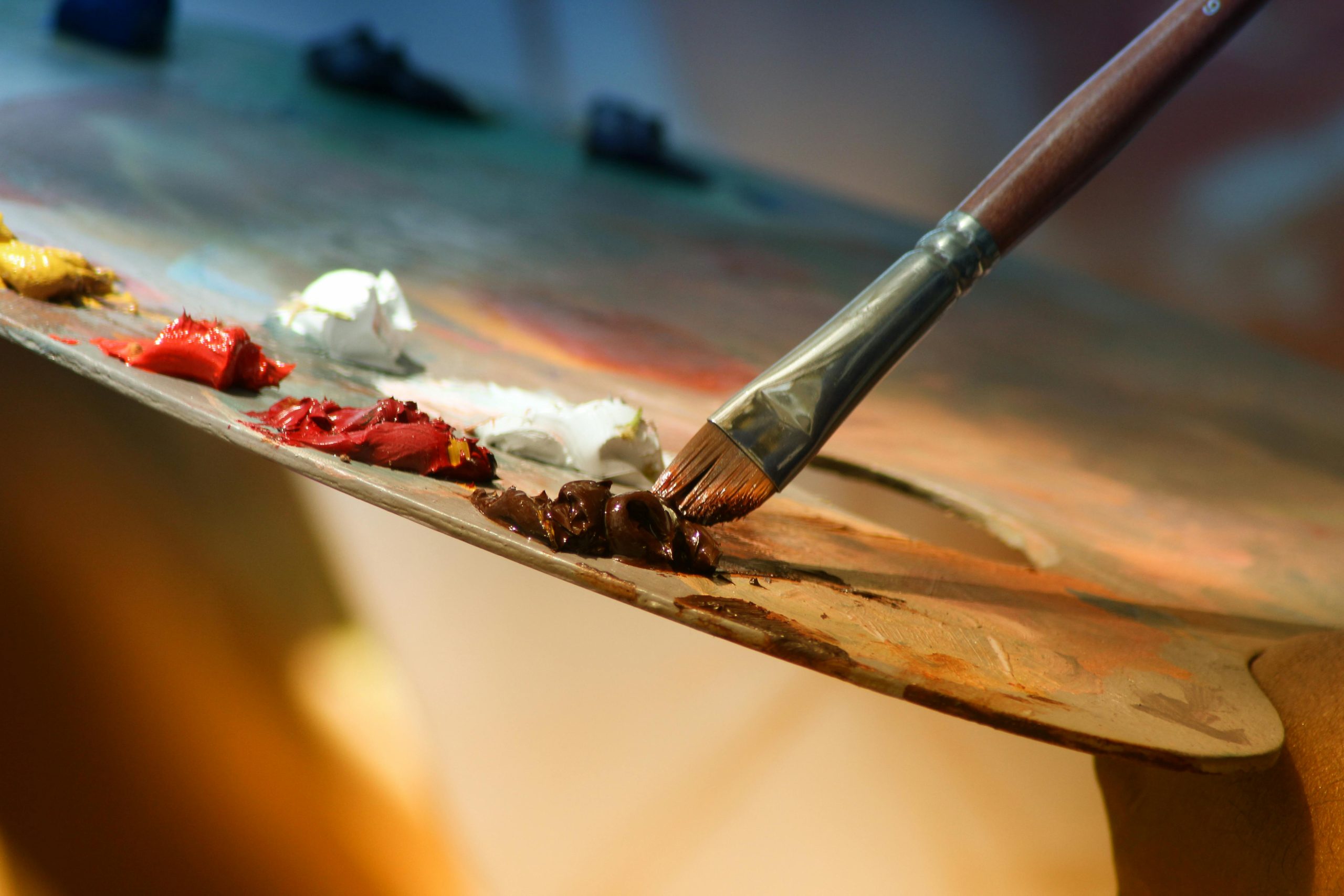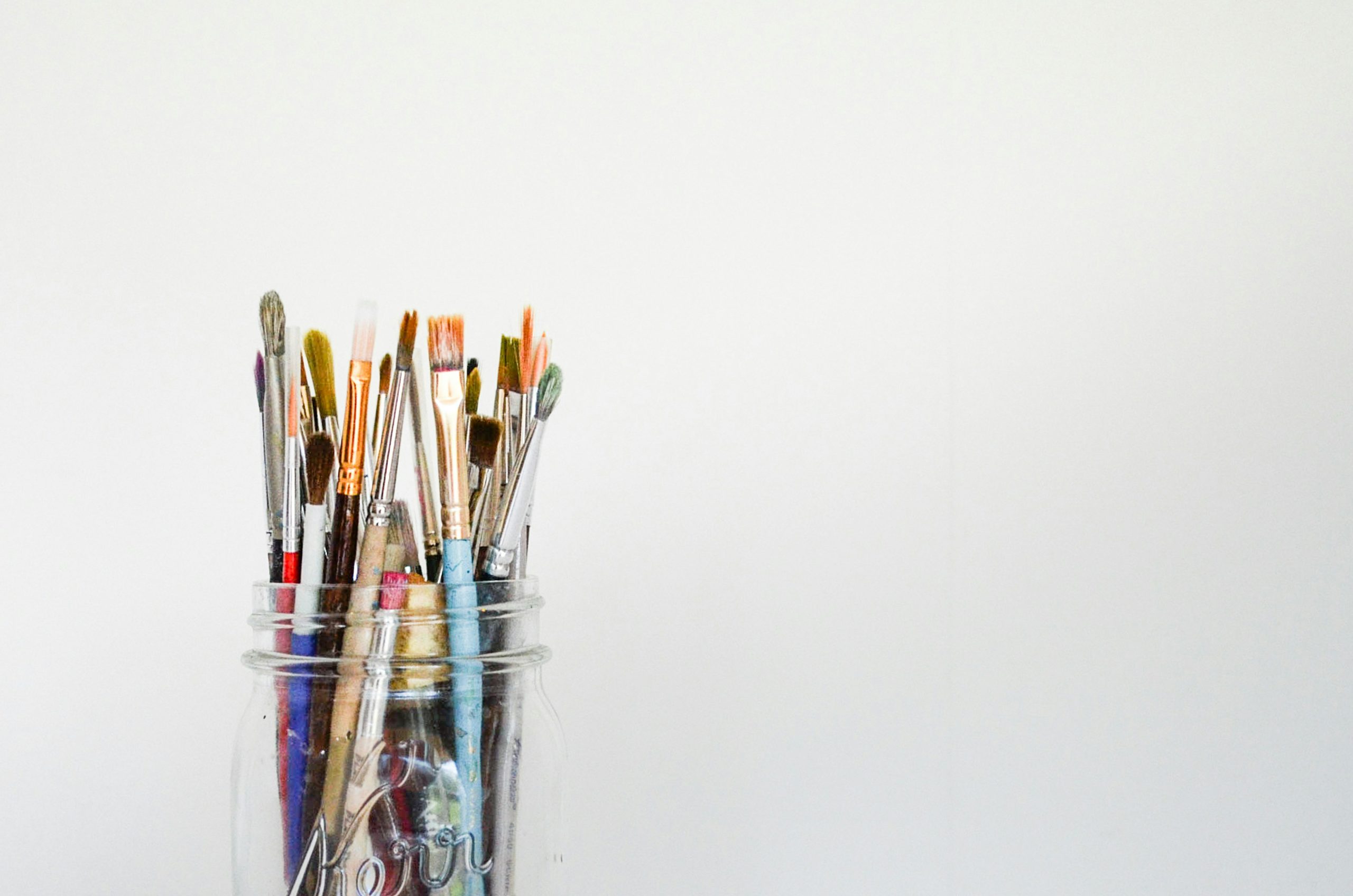Curating a beautiful art collection at home is both an exciting and personal journey. Whether you’re just starting out or looking to expand your existing collection, these 10 tips will help you curate a stunning display that reflects your personality, style, and space.
1. Know What You Like
The first step in curating an art collection is understanding your personal preferences. Take time to explore different genres, styles, and mediums—whether it’s abstract, contemporary, realism, or something else entirely. Consider what speaks to you emotionally or intellectually. This doesn’t just mean what looks nice, but what evokes a reaction. What kind of stories do you want your art to tell? Knowing your tastes will help guide you in selecting pieces that feel meaningful.
2. Be Wary of Expense
Building an art collection doesn’t have to break the bank, but it does require thoughtful planning. Before you make any purchases, establish a budget that’s comfortable for you. Art collecting is an investment of both money and time, so understanding your financial boundaries will help you make informed decisions. Research the market, and don’t be afraid to negotiate prices when possible—especially if you’re buying directly from the artist or a smaller gallery.
3. Hunt Down Pieces
Don’t limit yourself to just well-known galleries—there are countless sources of incredible art if you know where to look. Visit local art galleries, art fairs, and museums to discover works that resonate with you. Keep an eye on emerging artists who are showcasing their work on social media or art platforms like Saatchi Art. If possible, speak to the artists about their inspiration and process—this personal connection can enhance the value of a piece in your collection. The key is to stay open to different sources of art.
4. Balance is Everything
When it comes to displaying art, balance is crucial for creating visual harmony in your space. Think about how each piece complements the room’s existing decor, color scheme, and furniture layout. You don’t want art to clash with your home’s overall aesthetic, but rather to enhance and elevate it. Be mindful of size, scale, and placement. Large works can serve as striking focal points, while smaller pieces can be arranged into a gallery wall to tell a cohesive story.
5. Don’t Overlook Quality
While it can be tempting to buy multiple pieces at once to fill your walls, quality should always come before quantity. It’s better to invest in a few high-quality pieces that you truly love than to accumulate many that feel lackluster. Pay attention to the craftsmanship, materials, and condition of each piece. Art is meant to last for generations, so opt for pieces that will stand the test of time and retain (or even increase) their value.
6. Curate with Care
Once you’ve acquired a collection of art, the way you display it matters just as much as the pieces themselves. Good lighting is essential to highlight the beauty and detail of each work—whether you use natural sunlight or track lighting. Additionally, consider the frames you use to showcase your pieces. A well-chosen frame can make a world of difference in presentation, adding elegance and protection to your artwork. Don’t be afraid to play with different textures, colors, and matting styles to bring out the best in each piece.
7. Second-Hand Gems
Not all valuable or beautiful art comes with a high price tag. You can often find hidden treasures at second-hand stores, estate sales, or even online platforms like eBay and Craigslist. Many vintage or antique pieces have rich histories that can add depth to your collection. When searching for second-hand art, look for unique works that catch your eye and fit within your existing collection. Sometimes, a little restoration or reframing is all a piece needs to shine again.
8. Don’t Be Too Cautious
Art should be an expression of passion and joy, not a source of stress. If you find yourself overanalyzing every potential purchase, you risk losing the excitement that comes with discovering new art. Don’t be afraid to take risks—sometimes an unexpected piece can become a beloved focal point in your collection. Australian art, in particular, has an incredible range of diverse and vibrant artists, so don’t hesitate to support local talent if a piece speaks to you.
9. Look out for New Artists
Investing in emerging artists can be a fulfilling and cost-effective way to grow your collection. Often, new artists sell their work at more affordable prices, and you might discover a future star before their art appreciates in value. Keep an eye on local art shows, university exhibitions, or online platforms where up-and-coming artists are making their debut. Supporting emerging artists also fosters a deeper connection with the art world and contributes to its growth.
10. Change Things Out
Just as your taste in fashion evolves over time, so too can your art collection. As seasons change or as you refresh your living spaces, don’t hesitate to switch out your art for something new. Rotating your collection allows you to keep your environment dynamic and inspiring. Consider creating a seasonal display or rearranging pieces to keep things fresh and exciting. This doesn’t mean you have to replace everything—sometimes even just moving a piece to a different wall can give it new life.
By following these 10 tips, you can curate a meaningful and stunning art collection that brings beauty, depth, and personal significance to your home. Collecting art should be an enjoyable and reflective process, so take your time, explore different styles, and, most importantly, have fun expressing yourself through your collection!





